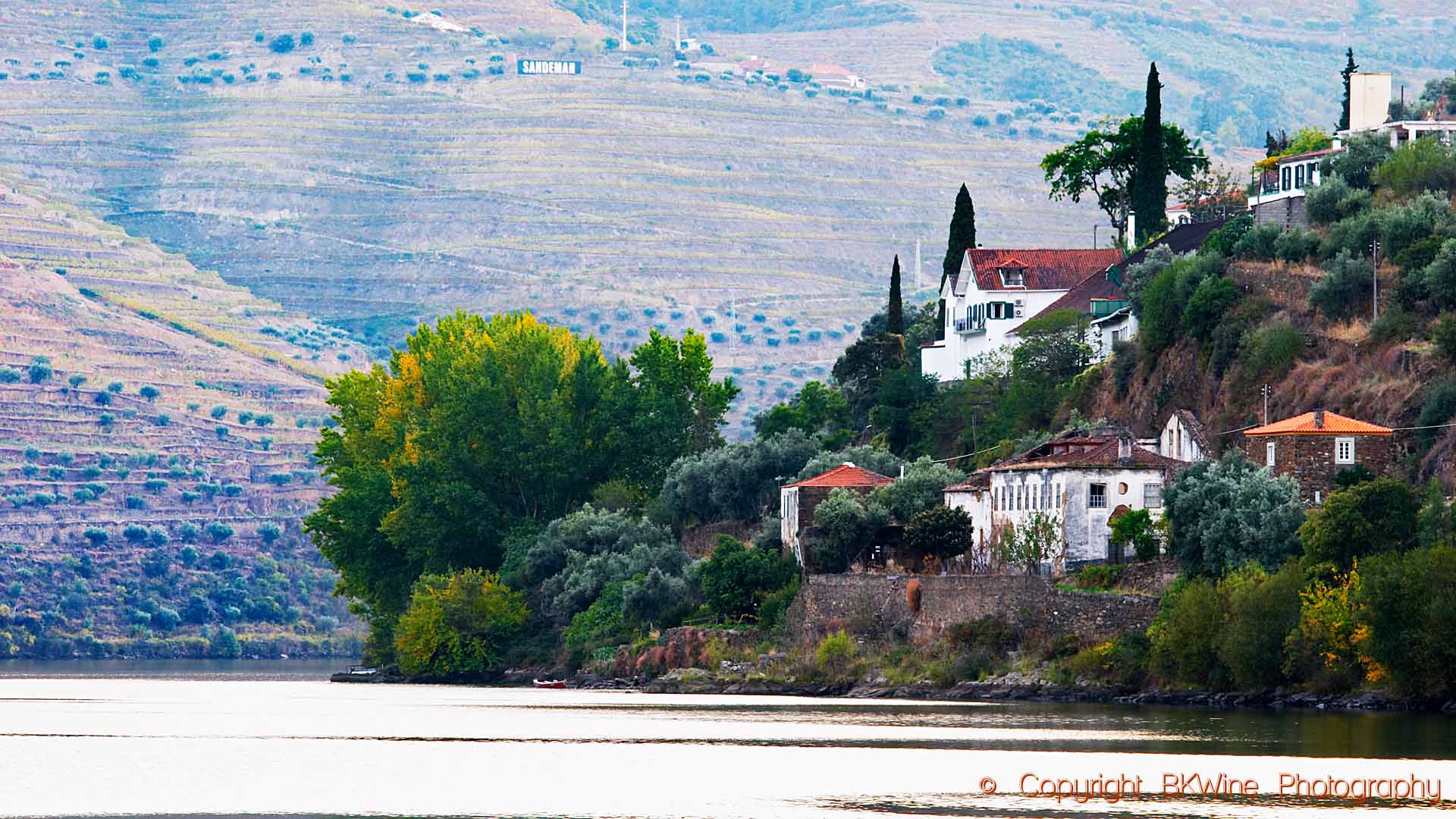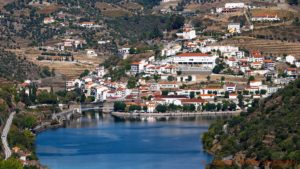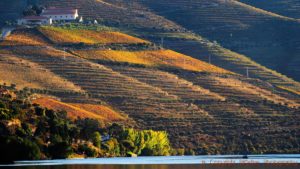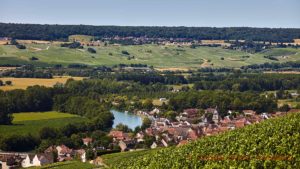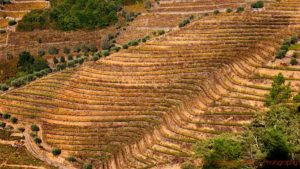Looking at Douro as a wine region the Douro is divided into three districts: Baixo Corgo, Cima Corgo and Douro Superior. Corgo is the name of one of the tributaries.
Baixo Corgo is the area below Corgo. It has 14,000 hectares of vineyards.
Cima Corgo is the area above the river Corgo with 19,000 hectares of vineyards.
Douro Superior, the Upper Douro, is located upstream and extends to the Spanish border. It has 8700 hectares of vineyards.
One also sometimes talks of the Alto Douro, but it is not directly related to the wine region. It also signifies the “upper” Douro but is a larger region that extends far along the river.
Overall, there are more than 40,000 hectares. That is approximately the same as in the Cotes du Rhone, or a third of Bordeaux. It is said that there are 33,000 “producers” in the Douro. There are some who own large areas of vineyard, so many others have very small patches of land. Most of the smaller land-owners probably sell the grapes, or possibly the half-finished wine to larger producers.
The whole of the Douro region counts 250,000 hectares. The soils is mainly slate (schist) and granite.
Read more on the Douro Valley for example in these articles:
- The Douro Valley: a meandering river and terraced vineyards – “Wine Region of the Year”
- The different kinds of port wine
Take a look at our wine tour program for the Douro Valley in Portugal.

